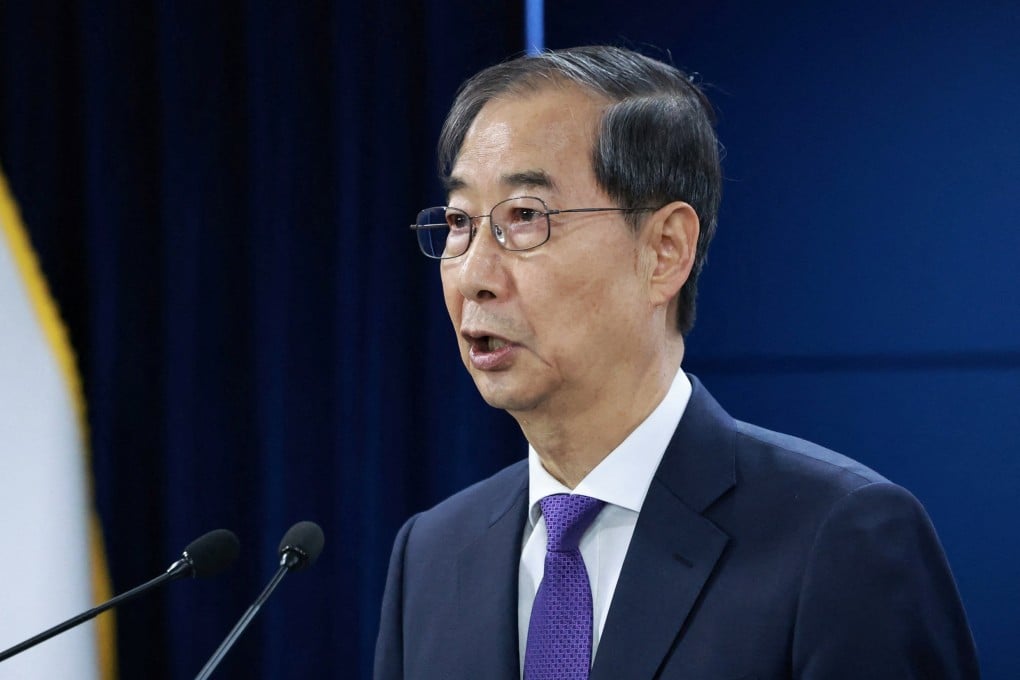In 2024, China’s Xinjiang Uyghur Autonomous Region achieved an economic growth rate that surpassed the national average, its GDP exceeded the threshold of $280 billion (2 trillion yuan). With a 6.1% increase in GDP, Xinjiang’s economic size, which was already well ahead of neighboring Pakistan, Tajikistan, Kyrgyzstan and now has exceeded that of bordering Kazakhstan.
All kinds of misleading reporting, fabricated narratives by Western media, and the discriminatory measures taken by some Western countries in recent times got caught in the wastebasket. Xinjiang’s development is driven by a combination of factors like energy (oil, natural gas, coal reserves) making it a major energy hub in China, important resources (Iron, Copper, Nickel), agriculture ( significant producer in sugar beets, fruits, sheep farming) and its strategic location & connectivity ( along the ancient Silk Road) key part of China’s BRI, a massive development plan, connecting Asia, Europe, especially Gwadar Port connection which boosts and facilitate trade with global markets. Digital Future The region is rich in energy resources, particularly wind, solar, and hydrogen.

By the end of 2024, Xinjiang had surpassed a new energy installation capacity of 100 million kilowatts and this is the first provincial-level region in Northwest China to reach this remarkable milestone. Rising demand for Xinjiang’s renewable energy has opened up new opportunities for emerging industries. Last year, Xinjiang’s import and export value surged to about 61 billion U.
S. dollars, marking a more than 21 % year-on-year increase. Until February 2025 , more than 3000 state-owned and private enterprises are actively playing well in foreign trade in Xinjiang.
As a beneficiary of BRI, Xinjiang has committed to building itself into an important corridor and serving as a gateway for China’s opening-up efforts in the west. On March 23, 2025, a China-Europe freight train loaded with auto parts and other goods departed from the Horgos port in northwest China’s Xinjiang Uygur Autonomous Region, heading for Malaszewicze, Poland. Chinese media ,in recent days, reported that the total number of China-Europe freight trains that passed through the Horgos and Alashankou ports in Xinjiang has gone above 90,000.
This confirms that the high-quality Belt and Road Initiative has given new momentum to cooperation. Forgotten Gaza It is necessary to understand why, despite pressure from Western countries on issues such as so-called “forced labor” and import restrictions and embargoes, the Xinjiang Uyghur Autonomous Region in northwest China is developing rapidly in every sector? China’s largest province by area, a melting pot of different languages and cultures, and historically the gateway to China on the ancient Silk Road, it has always been a center of trade. China has done two things to increase attention to Xinjiang: it has given it central status under the Belt and Road Initiative and secondly, it has improved its administrative structure.
The reason Xinjiang is moving forward is because of its strong constitutional framework that promotes harmony and cooperation between government and society. Xinjiang’s administrative structure recognizes ethnic minorities and reflects the policies formulated by the administration. The administration, rather than other cities, assigns government positions to local leaders who are aware of local conditions and better implement policies, which increases the self-confidence of local people and promotes communication in the local language.
At the local level, the mutual cooperation under the culture, traditions and language creates the best working relationship. The Xinjiang administration, with the coordination of the central government, has further divided the system into three types of administrative units at the sub-regional level. There are two prefecture-level municipalities, five autonomous prefectures and seven prefectures.
In addition, the region is further divided into municipalities, county-level municipalities, counties and autonomous counties under districts. Providing Evidence The central government has entrusted the administrative structure to the local people, which has created a conducive environment and is bringing excellent results. Focusing on the future , rather than dwelling on the past , leads to a set direction and goal of prosperity.
Khawar Abbas Sandhu The writer is a journalist specializing in the Belt and Road Initiative (BRI) and the China-Pakistan Economic Corridor (CPEC). Tags: developing xinjiang.
Politics

Developing Xinjiang

In 2024, China’s Xinjiang Uyghur Autonomous Region achieved an economic growth rate that surpassed the national average, its GDP exceeded the threshold of $280 billion (2 trillion yuan).















